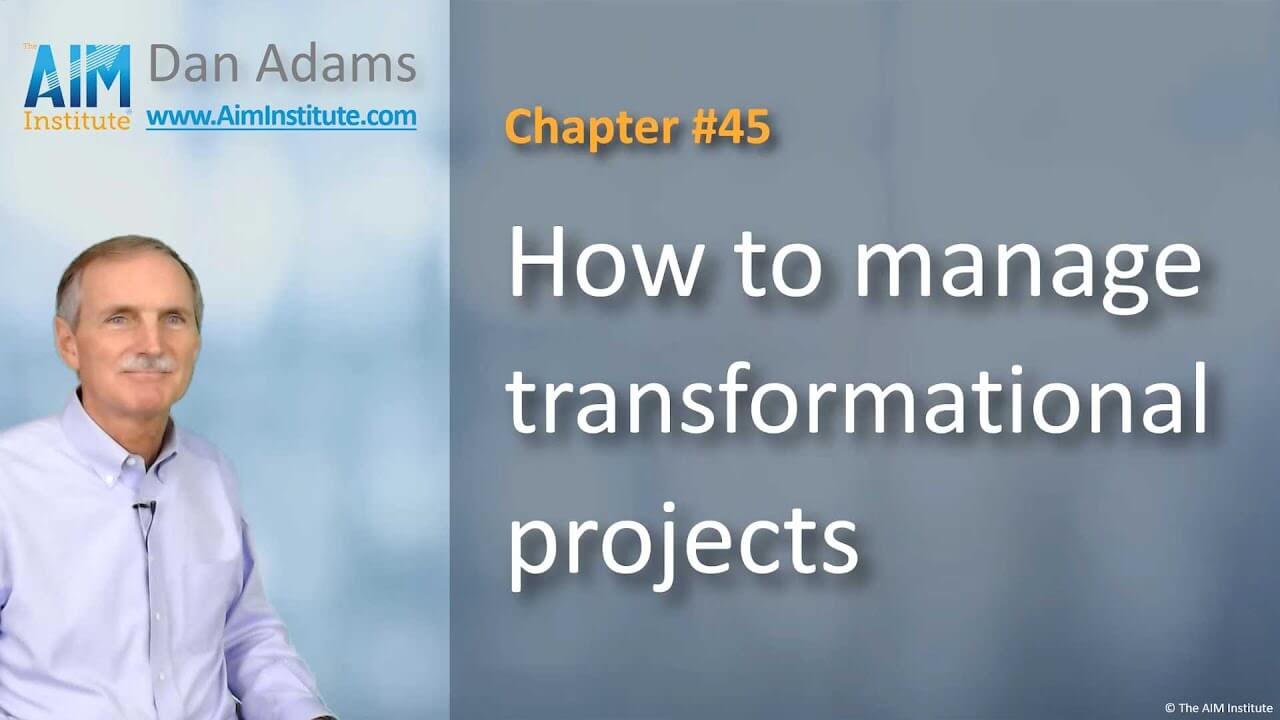B2B Organic Growth Series: Chapter #45
How to manage transformational projects

Subscribe to the series. Get 50 free videos, sent daily or weekly.
You’ll have better project reviews when management sees you’ve 1) generated assumptions, 2) rated them for impact & certainty, and 3) diligently investigated the critical ones.
b2bgrowth.video/45 Video length [2:43]
Transcript of Chapter 45
In the last chapter, we showed you how to pursue transformational projects with confidence. But how do you communicate your progress to management?
One business leader described his experience with big projects to me this way: “The less I know, the more I like it.” What started as an exciting project always seemed to fizzle out as he learned more.
In other cases, the presentation was so technical that no one on the leadership team understood it. Or it seemed the project team was saying, “Trust us… you’ll love this” … all leading to delayed decisions, lack of funding, and zombie projects.
You’ll have much more satisfying meetings when teams handle assumptions as shown in the last chapter: Generate them… rate impact & certainty… and investigate uncertain, high-impact ones. Instead of a frustrating meeting where management judges your team, have them join your team. Here’s how:
Use a common template so management knows you’re not hiding something… and to help them quickly understand key points. Your template should provide a project overview, summarize assumptions and your progress investigating the critical ones… plus possible landmines and recommendations. You can download this sample at www.deriskingreport.com.
Have frequent, brief reviews. Let them know step-by-step if an assumption becomes a possible landmine… then a probable landmine… and finally a confirmed landmine. Don’t surprise them all at once.
Differentiate project updates from decisions. This chart shows the number of critical external and internal assumptions. At first your project is in the learning phase… and you don’t need or want management decisions. That comes later in the investment phase.
Separate your success from the project’s success: “This project may not deserve to continue, but we’ll tell you as soon as possible.”
Show you’re following an intelligent plan. This is like a “Gantt Chart for Risk.” But instead of managing tasks and resources, you’re managing risk.
Do all this and you’ll boost management confidence… have less micro-managing… more management patience… reduced stress… and your company can pursue bigger, bolder, transformational projects.
Comments